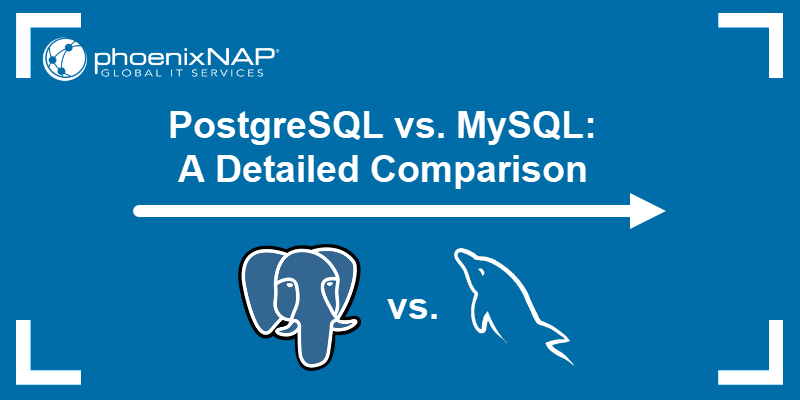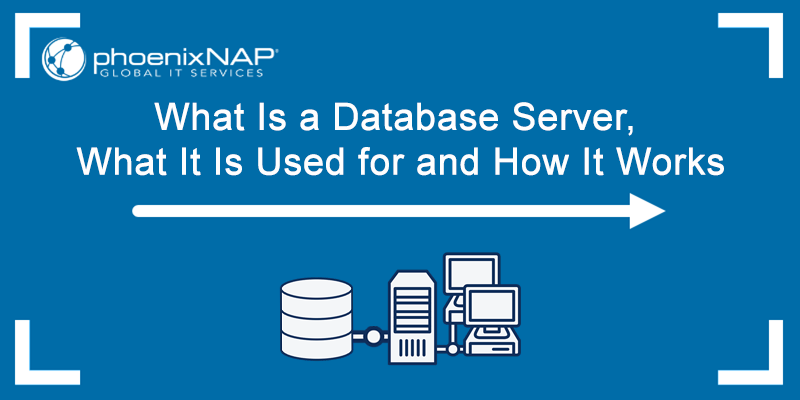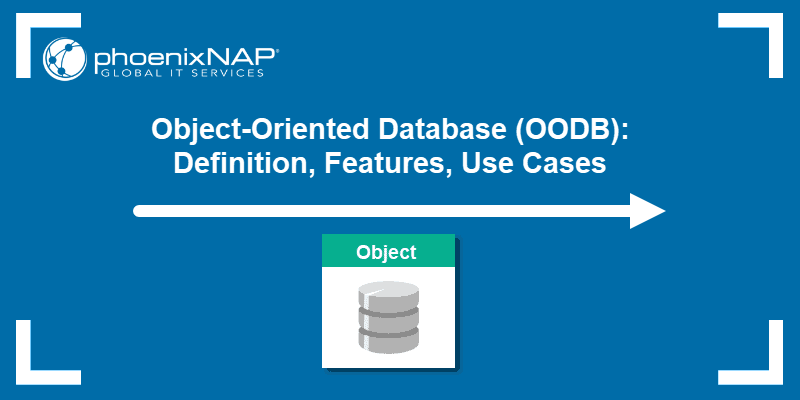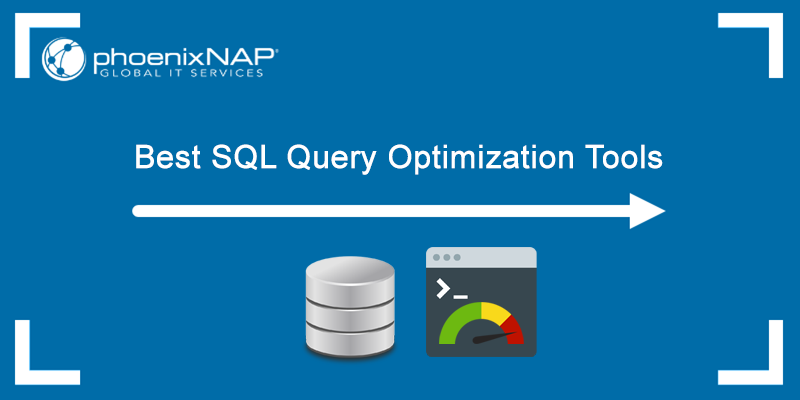A database management system (DBMS) allows users to create, retrieve, update, and manage data in a database. A DBMS also ensures data security and reduces redundancy.
This article lists 25 best database management systems.
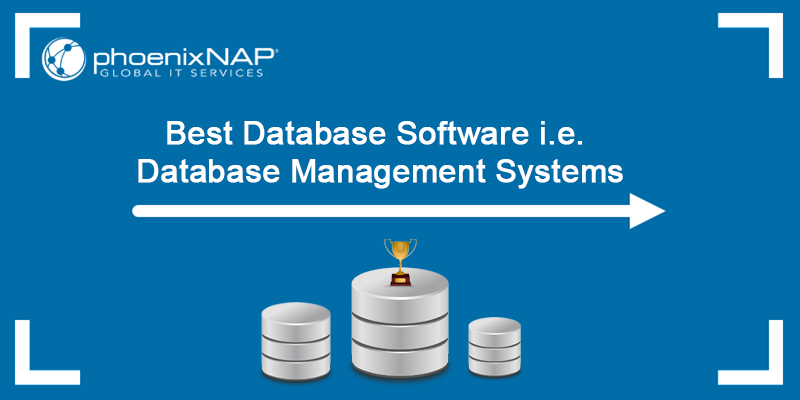
What is a Database Management System?
A database management system is a piece of software designed to facilitate data manipulation and database structure management. It also acts as a gate between the database and the users and apps that want to view or change the data.
The general features of a DBMS are:
- User accessible catalog describing metadata.
- DBMS library management system.
- Data abstraction and independence.
- High security level.
- Performance monitoring.
- Activity logging and auditing.
- Concurrency and transaction support.
- Access authorization.
- Remote access support.
- Data recovery in case of damage.
- Constraints ensuring the data follows the rules set by the administrator.
The following diagram shows the position of a DBMS in the interaction between a database and users/apps:
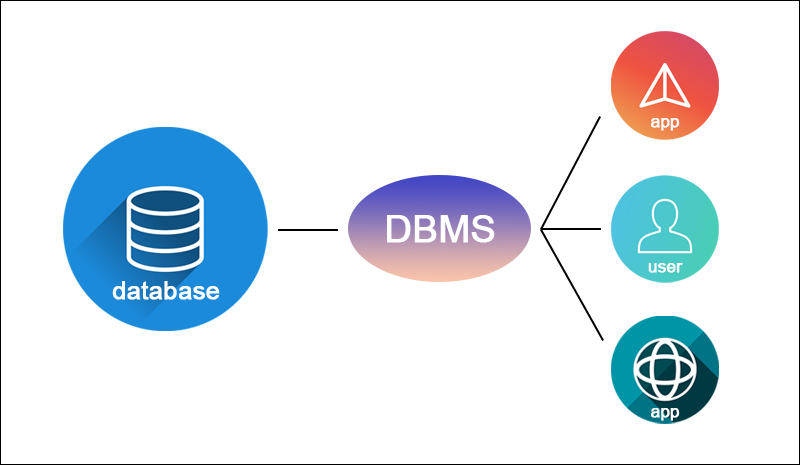
Best 25 Database Management Systems
Following is a list of 25 best database management systems, their pros, cons, and pricing details.
MongoDB Atlas
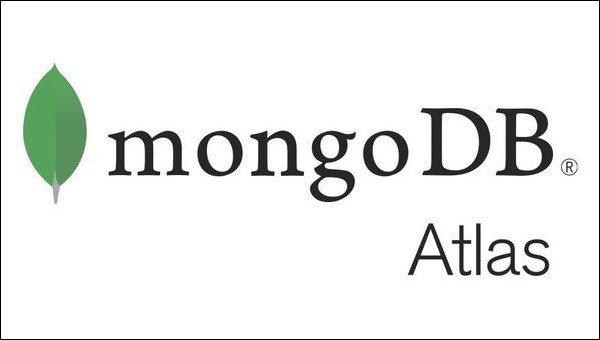
MongoDB stores data in JSON-like documents. This DBMS allows developers to build applications and utilize the built-in tools to visualize, manipulate, and analyze data. Developers can build deployment clusters based on the usage region, instance size, and memory requirements.
Pros
- Security. MongoDB allows database administrators to set up role-based access rights, dedicated firewalls, authorization protocols, and TLS (transport layer security) encryption.
- Data exploring. Allows administrators to run queries, monitor index usage, manipulate data, and create data graphs to monitor performance.
- Integration with third-party solutions. MongoDB's API allows system integration with third-party solutions, such as Tableau, Microsoft Power BI, and Qlik.
- Easy to learn. MongoDB is easy to learn and understand, making it ideal for group projects and team rotations.
Cons
- No support for JOINS. MongoDB is NoSQL and doesn't support joins, which can make data retrieval harder in some cases.
- Limited tool functionality. The data access and lookup tools have limited functionality. For example, Atlas Compass doesn't allow users to view or switch between two data collections simultaneously.
Note: Visit our tutorials on MongoDB deployments.
Pricing
MongoDB comes in three pricing plans:
| Shared | Dedicated | Multi-Region |
|---|---|---|
| • Free • 512MB to 5GB of storage • Shared RAM • End-to-end encryption • Built-in GUI for exploring and manipulating data | • From $57/month • 10GB to 4TB of storage • 2GB to 768GB RAM • Elastic scalability and auto-scaling • Point-in-time data recovery | • From $95/month • Cross-region replication • Geo-partitioned data storage • Multi-cloud clusters |
Knack
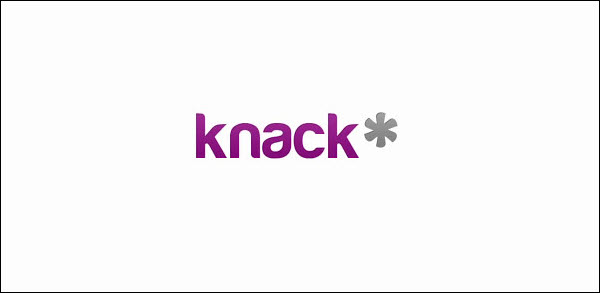
Knack is a SaaS-based online DBMS that allows users to quickly build business apps, automate workflows, manage data, and easily build web apps.
Pros
- No coding. This database solution requires no coding to build apps on the back end and front end. It is straightforward to create the data modules, decide on the schema, and choose how it appears to the users.
- Simple API. The API is powerful and easy to use, allowing users to build CRM or CMS apps. It provides reliable data and high app responsiveness, thus improving the user experience.
- Functional field types. Knack offers many functional field types with customizable CSS and JavaScript for each app. With proper coding skills, the database is highly customizable.
Cons
- Community support. One of the most commonly mentioned con of Knack is the lack of responsiveness to the community.
- No additional web themes. The number of web themes is limited. If you want more themes, you have to pay a developer to create or customize them.
- Minimal design freedom. There aren't many ways to customize apps on the front end. Users can make functional apps, but they cannot significantly change the look and feel of the app for the users.
Pricing
Knack offers a free 14-day trial and three main pricing plans, with the possibility to customize the plans according to customer needs:
| Starter | Pro | Corporate |
|---|---|---|
| • $39/month • 20,000 database records • 2 GB storage • Three apps • Basic Support | • $79/month • 50,000 database records • 10 GB storage • Eight apps • Priority Support | • $179/month • 125,000 database records • 50 GB storage • 25 apps • Premier Support |
Improvado
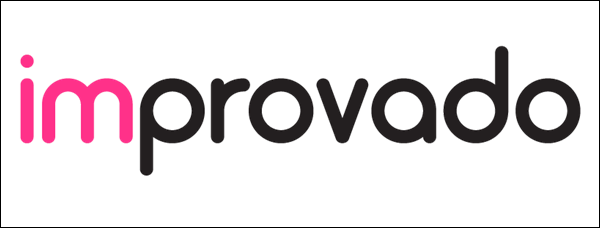
Improvado is a cloud-based DBMS that lets users aggregate data and connect to a range of marketing platforms, business intelligence (BI), and data visualization systems. The DBMS provides instant API connections and automates marketing data pipelines.
Pros
- No coding. Improvado doesn't require advanced SQL knowledge, thus cutting the cost of hiring developers.
- Custom dashboard. The custom dashboard provides cross-channel optimization advice and alerts for all marketing campaigns. The dashboard also tracks campaign performance and shows performance metrics.
- Flexibility. Users can duplicate and migrate data instantaneously and compare metrics side-by-side.
- Customer support. Improvado features excellent and responsive customer support with clear database documentation.
Cons
- Opening two sessions for a side-by-side comparison results in reversing the newest entries to the latest date range.
Pricing
| Demo version | Enterprise | Business package |
|---|---|---|
| Improvado offers a demo version without requiring a credit card. | The Enterprise edition comes with custom prices tailored for small businesses with a limited budget. | Includes most of Improvado's DBMS features, starting from $100 a month. |
Microsoft SQL Server
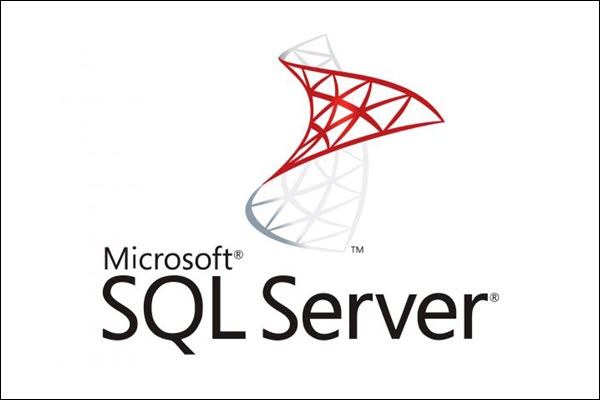
Microsoft's SQL Server is a relational DBMS with superior database designs. SQL Server allows administrators to track database performance, monitor data lakes, and handle data warehousing operations on one platform. The system supports various data environments, including Azure SQL Database, Azure Cosmos DB, MySQL, and more.
Pros
- Easy setup. It is easy to install, set up, and configure a new database server from scratch.
- Lots of features. The RDBMS has many features, including Query Analyzer, Integration Services, Job Scheduler, Reporting Services, automated alerts, and many others.
- Backup. Administrators can back up and restore multiple databases, which prevents data loss in case of disaster.
- Versatility. SQL Server is highly versatile as it supports and easily integrates with numerous applications on the market.
Cons
- Interface. The interface is not very user-friendly and not very intuitive at times.
- High downtime. Server maintenance and downtime occasionally last a long time.
Pricing
| Trial | Free | One Time License | Other tiers |
|---|---|---|---|
| 180-day free trial for new users. | Express and Developer versions. | SQL Server 2016, 2017, and 2019 - $931. | Enterprise - $13748 • Standard (per core) - $3586 • Standard (server) - $899 • Standard (CAL) - $209 |
PostgreSQL
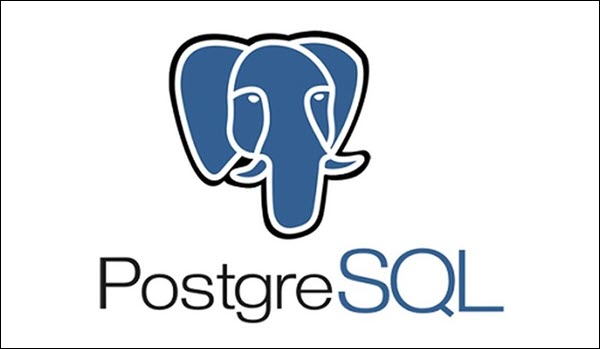
PostgreSQL is an open-source DBMS with advanced indexing and configuration features, supporting Python and JSON programming languages. It also allows users to create NoSQL databases despite being a relational database solution.
Pros
- Reliability. PostgreSQL has a large developer community that regularly contributes to its development. The community creates various tutorials and plugins, making PostgreSQL a highly reliable DBMS.
- ACID compliance. PostgreSQL is completely ACID-compliant. ACID compliance allows developers to define various data types, build custom functions, and maintain data integrity using exclusion constraints, explicit locks, and primary or foreign keys.
- Easy to use. PostgreSQL is a straightforward DBMS, and it is easy to install and start using it on Windows and Linux OS.
Note: Learn more about ACID and BASE database transaction models.
Cons
- More downtime. Some maintenance processes of PostgreSQL are single-threaded, for example, database vacuuming. That results in more downtime when conducting database maintenance.
- Query speed. PostgreSQL is slower in insertions and updates compared to MySQL. Also, PostgreSQL focuses on better compatibility, resulting in lower speed and poorer performance in some situations.
- Number of features. Being open-source, PostgreSQL doesn't have as many features as other products.
Pricing
PostgreSQL is open-source and free to use.
MySQL
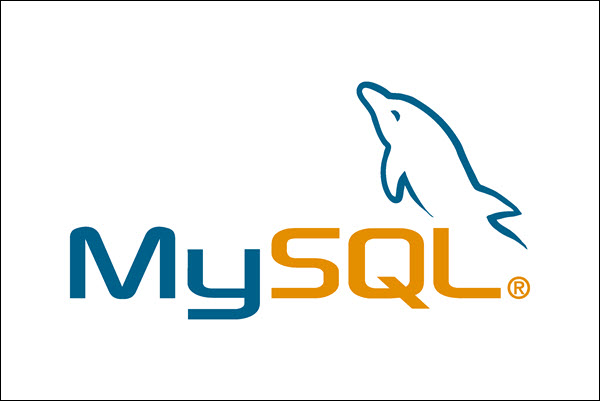
MySQL is a relational DBMS designed for data recording, updating, managing, and easy cloud-native app deployment. This software has many features, including data masking and de-identification, multi-document transaction support, high security with intrusion detection, alerts, and many others.
Note: Read a detailed PostgreSQL vs. MySQL comparison article.
Pros
- Automation. MySQL comes with tools that help automate various tasks, such as data provisioning, backup, patching, and database performance tuning.
- Security. Database engineers have different security features at their disposal, including encryption, key generation, and digital signatures. MySQL Enterprise Firewall protects data through real-time monitoring, identifying problematic queries, bad indexes, and bad SQL statement blocking.
- Backup and recovery. Database administrators can recover data in case of disaster through backward-compatible full recovery, precise one-click, point-in-time, and partial recovery capabilities.
Cons
- No longer completely open-source. Oracle has acquired MySQL, which means it now has proprietary, closed-source modules. Oracle's acquisition has driven away some developers to other open-source solutions, such as PostgreSQL or MariaDB.
- Downtime. The upgrade process and some managed services require downtime, which can take a while.
- Not for big data. MySQL still has some issues when dealing with large data sets, such as data warehouse structures. Performance issues may arise when performing complex joins. There is a risk of database corruption when simultaneously performing significant selections and batches of inserts/updates.
Pricing
| Free trial | Cluster Carrier Grade Edition Subscription | Enterprise Edition Subscription | Standard Edition Subscription | Classic Edition |
|---|---|---|---|---|
| New users get a free trial, after which they can choose between four commercial editions. | • 1-4 socket server - from $10,000/year • 5+ socket server - from $20,000/year | • 1-4 socket server - from $5,000/year • 5+ socket server - from $10,000/year | • 1-4 socket server - from $2,000/year • 5+ socket server - from $4,000/year | Only available for ISVs/OEMs. |
Note: If you want application stacks and data layers organized using principles offered by Kubernetes, refer to our guide on how to deploy MySQL on Kubernetes.
Amazon RDS
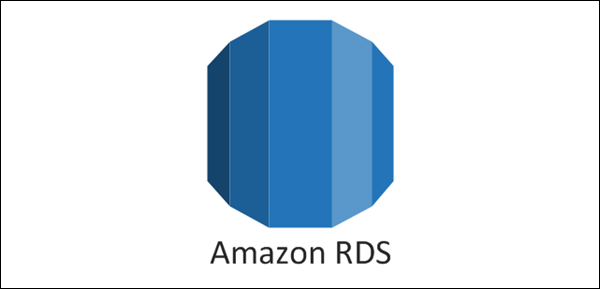
Amazon RDS is a RDBMS designed for users who want to set up, operate and scale databases in the cloud. The solution allows users to launch database instances and connect applications.
Pros
- Support. Amazon RDS supports various database systems, such as MySQL, PostgreF, MariaDB, Oracle, Microsoft SQL, and hybrid Aurora (which supports both MySQL and PostgreSQL).
- Automation. Amazon RDS supports automatic host replacement, automatic software patches, auto-backup, and scheduled snapshots. These features help recover data lost due to corruption or accidental deletion.
- Security. The DBMS features network isolation, data at rest encryption and in transit encryption, and resource-level permissions to ensure the highest level of data security.
Cons
- No direct access. Amazon RDS is limited in providing direct access to the OS or the hardware. No direct access means that performance tuning must be done within the application or by tweaking the database engine parameters.
- Additional metrics cost. RDS comes with basic logging, but users must pay a premium to get detailed logs (featuring fine-grained logging displaying events per minute).
Pricing
| Free (trial) | RDS for PostgreSQL | RDS for MariaDB | RDS for MySQL | RDS for SQL Server | RDS for Oracle |
|---|---|---|---|---|---|
| Free tier offers don't expire. RDS also offers a 12-month free tier, which starts upon activation. | $0.24 ($0.48) per hour, r5 large (r5 extra-large) | $0.25 ($0.50) per hour, r5 large (r5 extra-large) | $0.29 ($0.58) per hour, r5 large (r5 extra-large) | $1.02 ($1.52) per hour, r5 large (r5 extra-large) | $0.482 ($0.964) per hour, r5 large (r5 extra-large) |
Note: You can calculate your monthly cost using the AWS Simple Monthly Calculator.
Oracle
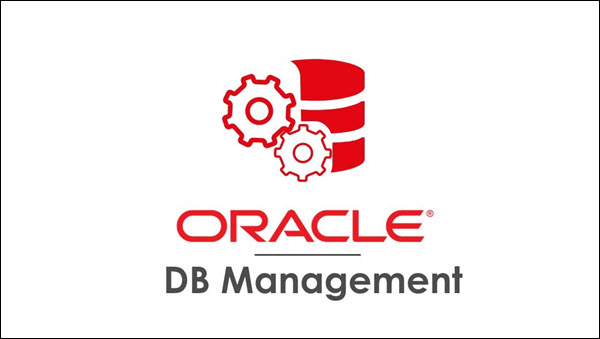
The Oracle RDBMS is a space-saving and secure cloud DBMS that supports large databases and features fast data processing. The DBMS features self-repairing, self-securing, and self-driving data management, automating database maintenance and eliminating manual tasks.
Pros
- High-performance. Oracle DBMS is optimized for working with high-performance database workloads, streaming workloads, and Hyperscale big data. Its Performance Tuning framework allows users to fine-tune Oracle12c databases.
- Easy migration. Oracle allows users to easily migrate from their current solution to the Oracle cloud-based database.
- Security. The solution has high security standards that meet fundamental data security requirements - data confidentiality, integrity, and availability.
- Flexibility. Ability to run the Oracle RDBMS on a personal computer or a high-powered supercomputer with the same efficiency owing to its highly compatible referential system.
Cons
- Price. The DBMS is pricey for small businesses, although this depends on your existing software solutions.
- Performance deterioration. Database performance decreases when there are several active and concurrent user sessions.
Pricing
| Personal Edition | Standard Edition 2 | Enterprise Edition |
|---|---|---|
| • $92 - $460 • Supports single user development and deployment that require full compatibility with Standard Edition One, Standard Edition, and Enterprise Edition. | • $700 - $17,500 • A full-featured database for servers, supporting up to four sockets. • Includes Oracle Real Application Clusters that increase availability. | • $4,750 - $47,500 • Includes an architecture that simplifies the process of consolidating databases onto the cloud. • Enables users to manage many databases as one without changing the applications. |
The cost of Oracle DBMS depends on your business type and existing infrastructure.
IBM DB2
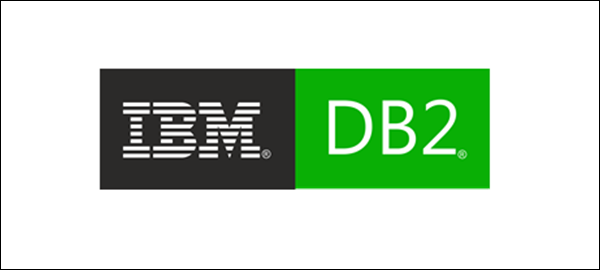
The DB2 is IBM's latest enterprise-grade DBMS solution with substantial speed improvements compared to its previous versions. The DBMS integrates with up to ten programming languages, features a simple installation and setup, and supports large data amounts.
Pros
- Availability. DB2 has a high uptime and features auto resynchronization and recovery. This way your business remains operational without disruptions.
- Performance. The DBMS has high performance and runs queries exceptionally fast.
- AI support. The software offers AI-powered setup, optimization, and diagnostics to manage and structure complex data, thus facilitating database administration and cutting maintenance costs.
- Flexibility. DB2 is easily manageable across multiple platforms, and its backup and recovery options are flexible. The DBMS supports both private environments and cloud vendors.
Cons
- Cost. The DBMS is pricey and could be less appropriate if the price is a primary factor. There is no support for the free version.
- Complex GUI. The GUI administration tool is not very user-friendly for managing large databases. In addition, the functional features can be too complex for non-developers.
Pricing
| Community version | Standard Edition | Advanced Edition |
|---|---|---|
| • Free to use, no support available. • 4 cores, 16 GB RAM. | • Free for 90 days, then $1,850. • 16 cores, 128 GB RAM. | • Free for 90 days, then $7,800 per virtual processor core (VPC). • No caps regarding number of cores or RAM. |
Teradata
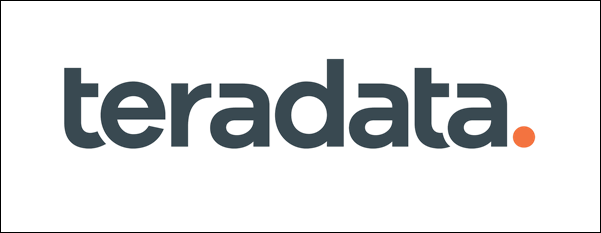
Teradata is an open RDBMS that supports huge data warehouse applications. The solution provides broad deployment options and supports concurrent connections from users on multiple client platforms.
Pros
- Flexibility. This DBMS allows users to analyze all kinds of data and deploy on any platform, on-premise or in the cloud.
- Speed. Teradata offers real-time processing, and it can distribute massive databases at incredible speeds. The DBMS is equipped with fast load and multi-load capabilities, allowing it to handle multiple queries simultaneously.
- Scalability. Features high scalability options and comes with various pre-built scaling functionalities.
- Strategic intelligence. Supports strategic intelligence, which provides queries, intelligence tools, and utilities used for making strategic decisions. These tools allow users to generate reports about business trends and make future predictions.
Cons
- Cost. The RDBMS is quite costly compared to other solutions. Deploying the solution from scratch is expensive.
- Poor third-party support. Teradata has poor support for third-party tools, making them underperform, while its own GUI isn't very user-friendly.
Pricing
Teradata has adopted the pay-as-you-go solution and offers a few pricing plans. The basic license price starts from $4 per year.
MariaDB
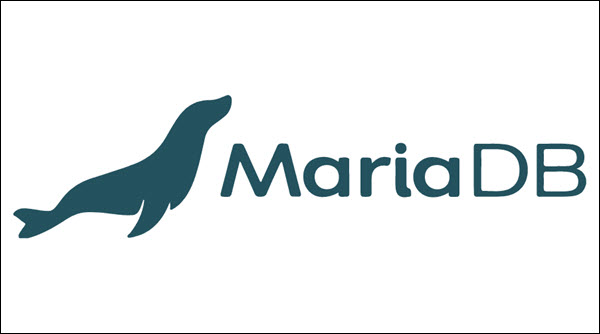
MariaDB is one of the most flexible and versatile DBMS available, supporting any workload in any cloud and at any scale. The DBMS supports transactional, analytical, and hybrid workloads and relational, JSON, and hybrid data models.
Pros
- Scalable. MariaDB allows users to scale from standalone databases and data warehouses to fully distributed SQL to conduct interactive, ad hoc analytics on billions of rows.
- Lightweight. Free to use and lightweight but still highly performant, MariaDB is perfect for small to medium-sized projects.
- Community support. MariaDB has picked up community development where MySQL left off when Oracle acquired it. That means that the developer community provides substantial support for any issue you may encounter.
Cons
- Backup issues. Users report issues when backing up large databases with MariaBackup. This problem requires to manually create shell scripts to backup and restore data.
- Migration. MariaDB is no longer completely compatible with MySQL, so users can encounter issues with migrating databases to Maria DB.
Pricing
MariaDB is open-source and free to use, with the option of purchasing a subscription that includes expert support from MariaDB developers.
SolarWinds DPA
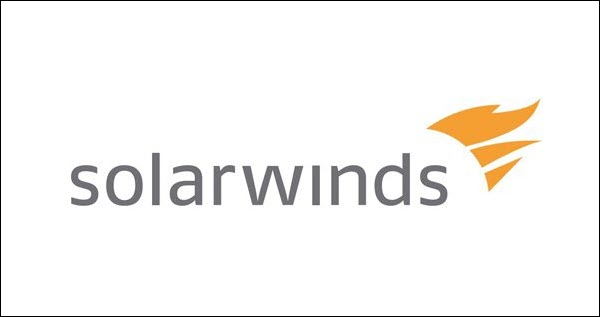
SolarWinds Database Performance Analyzer is a DBMS capable of performing SQL query performance monitoring, analysis, and tuning. The solution supports cross-platform database performance optimization and tuning.
Pros
- Machine learning. The DBMS learns about database wait behavior patterns using an anomaly detection algorithm.
- Versatility. DPA allows users to monitor their databases regardless of their deployment type - on-premises, virtualized, or in the cloud.
- Automation. Users can automate basic database administration tasks and scalability with DPA REST API. It also allows users to create alerts to monitor SQL statement execution time and automatically flag significant changes.
Cons
- Metric details. Users have to extract detailed metrics manually.
- Cost. The licensing model can be expensive on a per-instance basis.
Pricing
| Free trial | Paid version |
|---|---|
| A fully functional two-week trial. | • $1625 one-time payment. • Pricing Model: Per Feature. |
SAP HANA
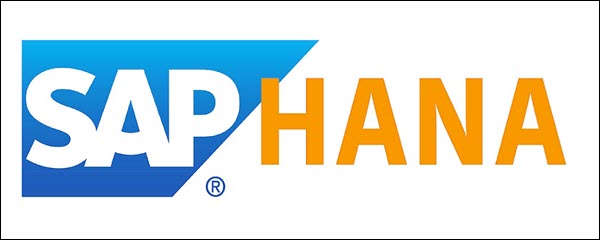
SAP HANA is an in-memory, column-oriented RDBMS that combines OLAP and OLTP operations into a single system. The solution is scalable and suitable for various uses, including HR tasks, customer overviews, order tracking, and many others.
Pros
- MVCC. SAP HANA takes advantage of multi-version concurrency control (MVCC) to manage concurrency and give every transaction a snapshot of the database at a point in time.
- Open architecture. The PaaS features an open architecture providing in-memory services that allow users to scale the system as their business grows.
- Security. SAP HANA Cloud Identity provides the essential capabilities for user authentication and secure logins.
Cons
- Complex installation. The installation process is not simple and usually requires specialist teams to implement the DBMS.
- Pricey. The high prices, especially of SAP consultants, make this solution unattainable for smaller businesses.
Pricing
| Enterprise edition | Express edition | Runtime edition |
|---|---|---|
| • An unrestricted platform. • Full SAP support. • Cloud and on-premise. | • Community support. • Cloud and on-premise. • Free of charge for use up to 32 GB of RAM. | • A restricted platform. • Full SAP support. • Cloud and on-premise. |
The basic cost starts from $3,595 per license.
Navicat
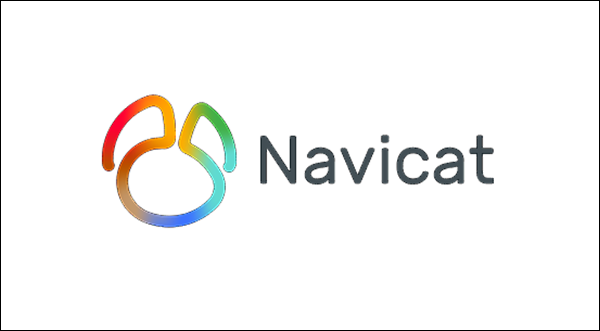
Navicat is a DBMS that allows users to adjust server configurations and boost server performance remotely. Some features include centralized architecture, detailed performance metrics, performance monitoring, custom alerts, scheduled reports, query analyzing, and other tools.
Pros
- Simple interface. The user interface is simple to use, and the query results are easy to understand, even for novice users.
- Versatility. The DBMS is compatible with cloud databases like Amazon Aurora, Amazon RDS, Amazon Redshift, Microsoft Azure, Oracle Cloud, Google Cloud, and MongoDB Atlas.
Cons
- Pricey. The price is relatively high for a database manipulation package, although it does offer many features.
- No native Linux build. Users can run Navicat in Linux using Wine, but there is no native build for Linux.
Pricing
| Enterprise edition | Non-commercial |
|---|---|
| • Monthly subscription - $64.99/month. • Yearly subscription - $649.99/month. • Perpetual license - $1299 per license. | • Monthly subscription - $29.99/month. • Yearly subscription - $299.99/month. • Perpetual license - $599 per license. |
Razor SQL
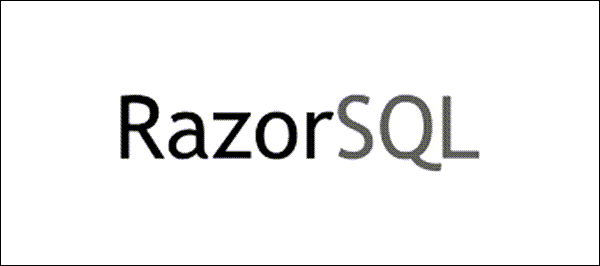
RazorSQL is database software encompassing an SQL query tool, database browser, SQL editor, and database administration tools. RazorSQL allows users to check schemas, tables, unidentified keys, structure indexes, and create, update, or delete entire SQL statements.
Pros
- Flexibility. The DBMS features an automatic selection and copy mechanism for different data types. It allows users to compare the results of queries from multiple databases.
- Easy to use. RazorSQL supports over 20 programming languages and doesn't require any additional manual configurations. It also supports various operating systems, including Windows, macOS, macOS X, Linux, and Solaris.
Cons
- Requires programming skills. You have to be a developer to know how to make advanced database comparisons using the command line.
- Complex installation. The installation process and some configuration options can be time-consuming and complicated.
Pricing
RazorSQL offers a Standard License with one year of product updates and support. The pricing plan is per number of users:
- 1 user - $99.95.
- 2 - 9 users - $96.95.
- 10 - 19 users - $94.95.
- 20 or more users - $92.95.
Microsoft Access
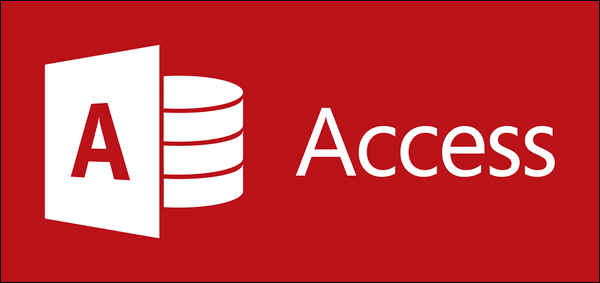
Microsoft Access is a Windows-only DBMS that allows users to create and manage custom databases in numerous formats. It combines the relational Microsoft Jet Database Engine with a GUI and software development tools.
Pros
- Easy to use. With the classic Microsoft UI, it is easy to navigate the software and create table relationship diagrams or design mock layouts. Users can also design forms and create reports with drag and drop components.
- Fast. Microsoft Access is fast when joining multiple tables regardless of the join type.
- Comes with MS Office. Users who purchase Microsoft Access also get full access to MS Office Suite Packages.
- Templates. MS Access allows users to reuse the example templates and the user-generated ones. The templates work for almost any situation that requires a specific database.
Cons
- Windows only. Microsoft Access supports only Windows, which is an issue for businesses that use other operating systems.
- Dated UI. Microsoft Access's UI has been the same for several years, making it look dated.
- High learning curve. The high learning curve makes it difficult to code complex reports without a lot of time and skill.
Pricing
The license is per PC and costs $139.99. This includes Access for PC, all the Office apps, and 1TB cloud storage with Microsoft 365.
Altibase
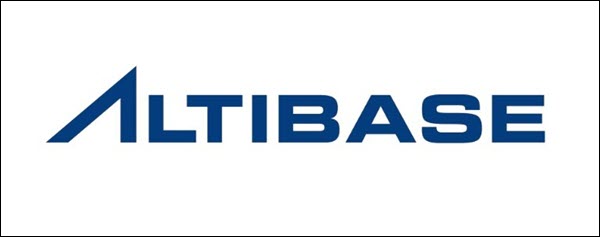
Altibase is an open-source enterprise-grade DBMS that delivers high data processing speeds. Its in-memory database portion offers capabilities for storing large data chunks on a single disk. Altibase also features extensive scale-out sharding options.
Pros
- Hybrid architecture. Altibase combines an in-memory database and an on-disk database in a unified engine.
- ACID Compliance. The DBMS is completely ACID-compliant, offering a rich set of features and an extensive ecosystem.
- Fast. The DBMS is fast because the entire database resides in memory. The engine is designed and optimized for memory.
Cons
- No room for error. Any misconfigurations lead to slowing down data operations.
Pricing
Altibase is open-source and does not require a subscription or processing fee.
TeamDesk
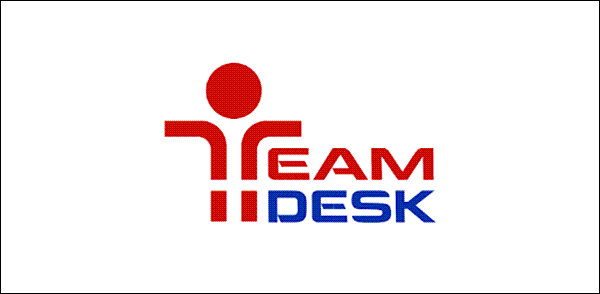
TeamDesk is online database software that enables teams to easily design web-based database applications or use predefined solutions to gather, share, and manage business information. The DBMS also provides a free database migration service.
Pros
- Customizable and scalable. TeamDesk allows businesses to build online databases that match the company's unique structure and requirements, crafting each database to fit the unique business processes.
- Role-based user access. Allows to share databases and grant or restrict each user's access levels to the shared database.
- Unlimited storage space. TeamDesk offers unlimited storage for no extra costs.
- High availability. Almost always available online and boasts an availability rating of 99.8%.
Cons
- Issues with database relationships. There are sometimes difficulties when implementing new relationships.
Pricing
| Free trial | Starter Edition | Team Edition | Enterprise Edition |
|---|---|---|---|
| 14-day free trial. | $49/month. Price per database, up to 5 users. | $99/month. Price per database, up to 10 users. | $249/month. Unlimited databases, up to 10 users. |
Redis
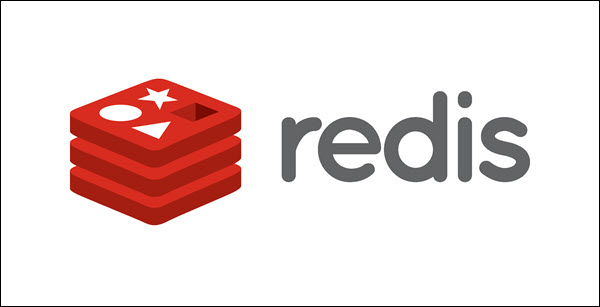
Redis is a lightweight, open-source DBMS used for applications with high availability and low-latency requirements, including gaming and retail. Although Redis DBMS is a key-value store, it supports various data structures.
Pros
- Schema flexibility. The Redis schema flexibility helps users with session management, serving ad content, and managing user or product profiles.
- GEO API. The Redis GEO API enables indexing by longitude and latitude and other geographical commands and features. This API helps build distributed applications that need to share data across different geographic locations.
- Cache speed. Redis is one of the best open-source caching databases on the market.
Cons
- No direct Windows support. Redis runs on Linux and doesn't directly support Windows. Users who want to run Redis on Windows can use an outdated port for Windows.
- Few monitoring tools. The DBMS could use more monitoring and database administration tools.
- Single-threaded. Redis is a single-threaded system, which means it doesn't benefit from multi-core CPUs. Instead, to scale horizontally, you need to deploy several single-core instances.
Pricing
| Free | Fixed | Flexible | Annual |
|---|---|---|---|
| • 30MB RAM. • Redis Modules. • One dedicated database. • 30 connections. • Seamless upgrade to Fixed plans. | • $7/month - $660/month, depending on memory limit. • Memory limit 100MB - 10GB. • Redis Modules. • 64 dedicated databases. • Unlimited connections. • Basic support. | • From $0.881/hour. • Dedicated VPC. • Any size or number of databases. • Any throughput. • Redis Modules. • Redis-On-Flash (RoF) support. • HA in a Single or Multi-AZ. • Unlimited connections. • Data persistence. • Instant and daily backups. • Standard Support. | Everything in Flexible, plus: • Annual discount. • Active-Active Geo Distribution. • Active-Passive Geo Distribution. • Customer-Success packages. • Premium Support. |
Note: Check out our tutorial on deploying a Redis Cluster on Kubernetes using either ConfigMap or Helm.
OrientDB
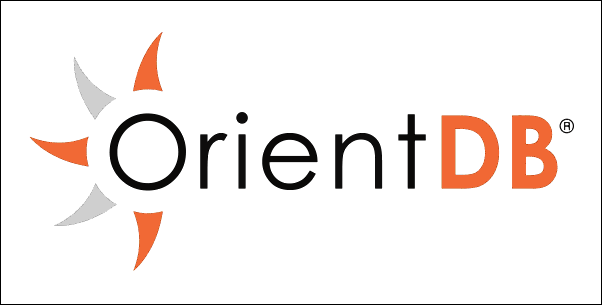
OrientDB is a multi-model open-source NoSQL DBMS that combines a robust graph database and flexible document database into one scalable, high-performance operational database. By combining multiple data models, OrientDB reduces operational complexity and maintains data consistency.
Pros
- Multi-model database. The DBMS supports a variety of NoSQL models, including key-value, document, etc.
- Free clustering support. Offers clustering support (Master-Master replication + Sharding) free of charge.
- Scalability. OrientDB is highly scalable due to its multi-master replication. All nodes in a cluster have read and write permissions.
- Flexibility. Works on Linux, Mac OS X, Windows, Solaris, and HP-UX, and supports Java, PHP, Nodejs, .NET, Python, C, JavaScript, Ruby, Scala, Elixir, Android, and Perl.
Cons
- Learning curve. It takes time to learn how the database engine and certain DBMS features work, especially if you are unfamiliar with graph databases.
- Bulk inserts. If you need to do a bulk insert, you may come across an out-of-memory error.
Pricing
| Community | Standard | Enterprise |
|---|---|---|
| • Free. • Comes with the Apache 2 license. This means you can use OrientDB for any purpose completely free. | • $5970. • Non-stop incremental backup. • 10x5 production support. • Monitoring. • Profiling. • Cross data center replication. | • $9750. • Non-stop incremental backup. • 24x7 production support. • Monitoring. • Profiling. • Cross data center replication. |
SQLite
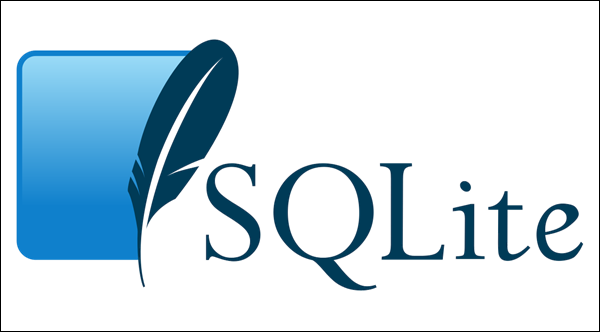
SQLite is an open-source, embedded RDBMS, implementing a self-contained, serverless, zero-configuration, transactional SQL database engine. Thus, it is very lightweight compared to other DBMS. SQLite supports a wide variety of platforms and programming languages.
Pros
- In-memory library. Users can utilize the in-memory library without additional installation or configuration.
- No dedicated server required. No need for a dedicated server to store the database. Instead, they can store the database on a hard drive.
- Easy implementation. The DBMS comes in a single file, making it extremely lightweight and easy to implement.
- Community support. There is a lot of community support online for troubleshooting any issues.
Cons
- Not for large applications. The DBMS is limited in terms of data table sizes.
- Limited scalability. Scalability is limited to small applications only.
- Security. The DBMS lacks data encryption methods.
- No multi-user. SQLite is a single-user DBMS, which is an issue if your project has multiple people working on the same database simultaneously.
Pricing
SQLite is open-source and completely free to use. There is a public support forum for resolving any issues, but if you want, you can purchase private, professional support:
| Annual Maintenance Subscription | Technical Support | SQLite Consortium Membership |
|---|---|---|
| • $1500/year. • Private, expert email advice from the developers of SQLite. | • $8k - $50k/year. • High-priority email and phone support directly from the SQLite developers. • Guaranteed response time is available as an option. | • $85k/year. • Premium enterprise support, including on-site visits and access to all proprietary extensions and test suites. |
Cassandra
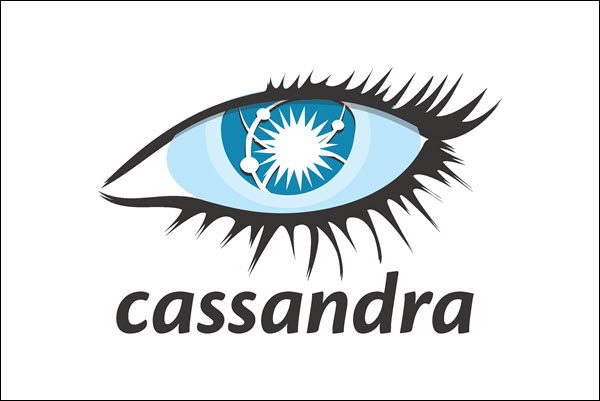
Apache Cassandra is an open-source, distributed, wide-column store, NoSQL DBMS. This system is designed to manage large data amounts across multiple datacenters. You get high availability and great linear scalability without compromising performance.
Note: Read our article to learn more about distributed databases.
Pros
- Availability. Cassandra's replicating support provides lower latency and the ability to survive failed nodes by replacing them with no downtime. Thus, even when several nodes go down, data is still accessible.
- Distribution. Cassandra's distribution feature also prevents data loss in case of a data center's hardware failure. There are no single points of failure, and no network bottlenecks since each node in the cluster is identical.
- Write speed. Due to its unique architecture, Cassandra's data writing speeds are high.
- Community. The Cassandra DBMS has a large community with users and project contributors working together, sharing tutorials, and making improvements based on user feedback.
Cons
- Poor ad-hoc query performance. Ad-hoc queries do not perform well in Cassandra since its data storage layer is a key-value storage system. Hence, users have to model the data around the queries rather than the other way around. Also, aggregations such as SUM, MIN, MAX, AVG consume a lot of resources.
- Cluster management. It is a big challenge to manually manage a big cluster in Cassandra, bearing in mind the frequent version upgrades and auto-repairs.
Pricing
Cassandra is open-source and completely free to use.
Couchbase
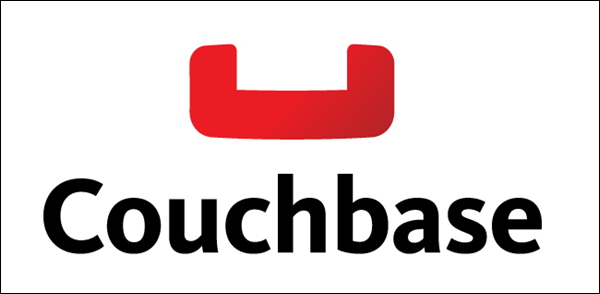
Couchbase Server is a distributed, NoSQL, cloud DBMS designed for storing, managing, and retrieving data for various deployments. The DBMS allows users to conduct a full-text search, JavaScript events, datacenter replication, and ad-hoc analysis. Developers can use the N1QL query language to transform JSON data and visualize query plans for large datasets.
Pros
- Memory-first architecture. Couchbase lays on a memory-first architecture that allows users to execute complex joins and aggregate operations with GSI (global secondary index) partitioning.
- Third-party platform integration. Supports integration with Kubernetes and RedHat OpenShift. This allows developers to automate cluster scaling, configuration, and recovery.
- Security. Couchbase ensures data protection through built-in auditing, different user access levels, security certificates, and data encryption. Users also receive alerts for any critical events.
- Easy installation. The DBMS is easy to install and supports many different operating systems.
Cons
- Cluster management. Cluster management can be a challenge for the maintenance team, but working on the admin dashboard overcomes this issue.
- Resource consumption. The DBMS uses a lot of resources, and in some cases defining indexes can significantly degrade database performance.
Pricing
Couchbase offers a free trial. The cost of a one-time license is $2499.
Neo4j
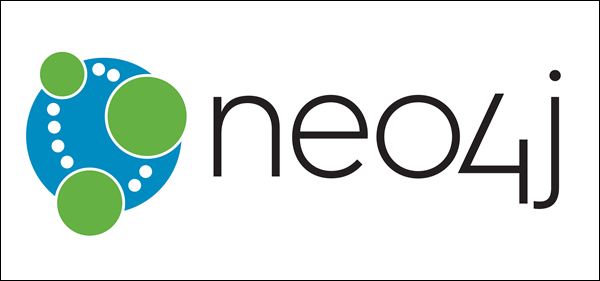
Neo4j is an open-source, scalable, ACID-compliant graph database with a high-performance distributed server cluster. It is capable of managing multiple databases on a standalone server or a server cluster. The DBMS allows businesses to break large datasets into shards and store them separately across several systems.
Pros
- Cypher query language. Neo4j features the Cypher query language, which is intuitive and easy to learn and use.
- Security. Neo4j allows users to set up role-based access permissions for team members.
- Multi-database capability. The multi-database capabilities allow users to create separate databases for development, production, or testing.
- Support for Procedures in Java. Users can invoke procedures in Neo4j using the REST API, allowing them to overcome the limitations of Cypher.
Cons
- Complex data visualization. Sometimes the graphs that visualize complex data analyses are not good. On the other hand, the graphical representations for less complex datasets are fine.
- Support for Java-based libraries. Neo4j supports only Java-based libraries.
Pricing
| Community Edition | Enterprise Edition |
|---|---|
| • Free of charge. • Fully featured native graph database. • For learning Neo4j and smaller projects. • Limited scaling and availability. | • Free 30-day trial. • Enterprise-grade availability and security. • Full scaling and sharding options. |
ArangoDB
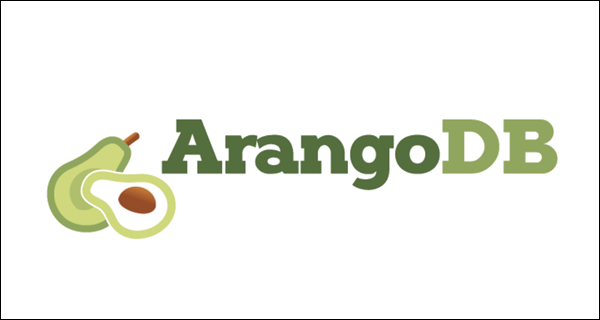
ArangoDB is an open-source, multi-model DBMS, combining graph analytics queries with JSON documents, a key-value store, and a full-text search engine. ArangoDB's support for the different data models and its microservices framework make the DBMS an excellent tool for database management.
Pros
- Convenient query language. Its AQL query language performance is efficient, easy to use, flexible, and facilitates complex querying. Furthermore, the AQL documentation is comprehensive.
- Feature-rich. ArangoDB provides the possibility of having a document store with junctions, graphics connections, and cluster support. Its graphics features can be used as a single data source for many client applications.
- Easy installation. ArangoDB is easy to install across different operating systems in just a few steps.
Cons
- Inferior built-in graph visualization. The built-in tool for graph visualization isn't optimal, and third-party tools do a much better job.
- Small community. The ArangoDB community is substantially smaller and less mature compared to other DBMS solutions.
Pricing
ArangoDB is open-source and free to use.
How to Choose?
There are several factors you should take into account when choosing a DBMS for your business:
- Scalability.
- Security.
- Performance.
- OS and programming language support.
- Customization features.
- Support for third-party tools.
- Server maintenance and reporting.
- Support for structured and unstructured data types.
Another essential factor to consider when choosing a DBMS is your business size. If your database is going to scale at a considerable level, choose an enterprise-grade DBMS. Alternatively, free DBMS solutions with limited scalability are an excellent choice for small businesses.
Conclusion
This article provided an overview of the different DBMS solutions offered on the market. You should be able to choose the right one for your business based on the DBMS features, your business size, and other preferences while staying productive and cost-efficient.
Some DBMS solutions offer fully functional free trials, so you can test them on your project to decide which one meets your needs best.
